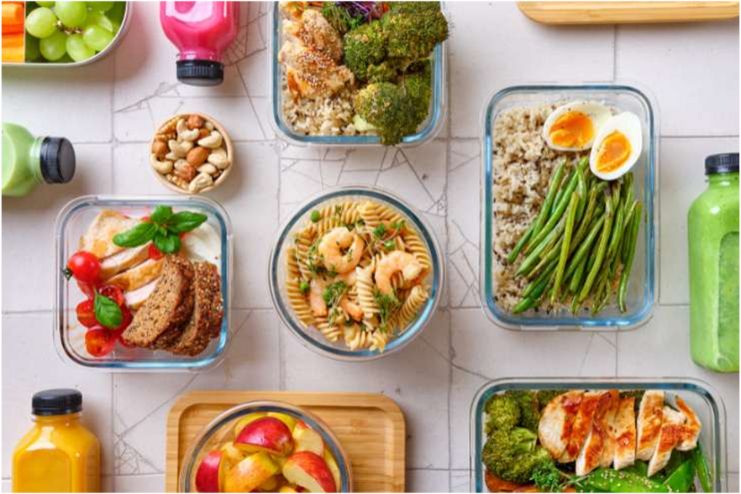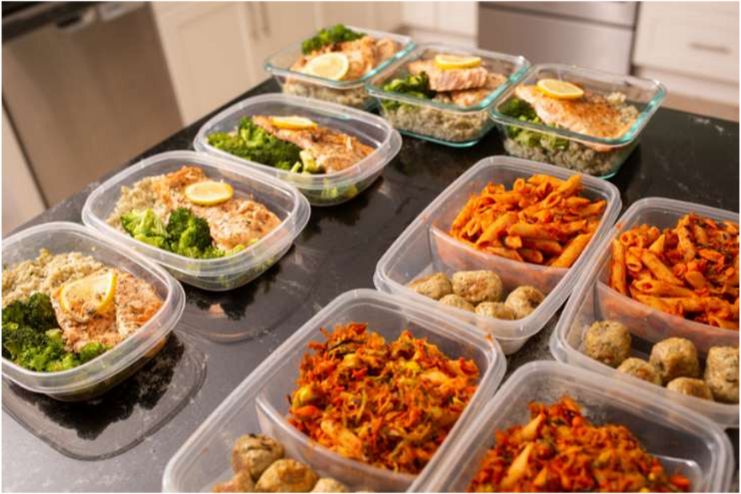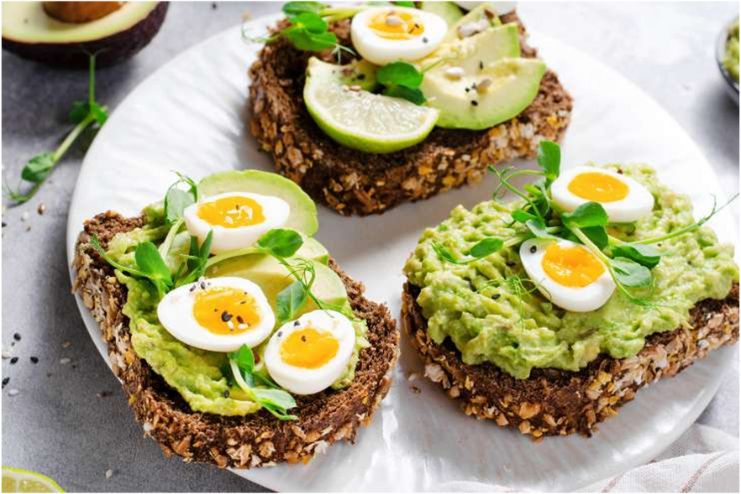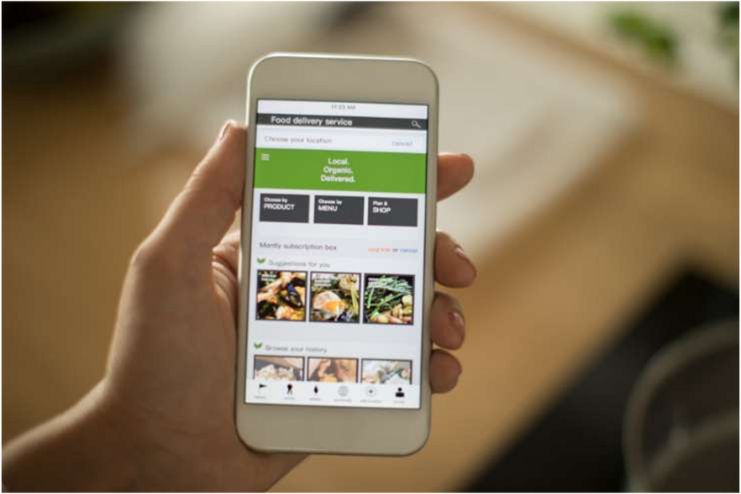Affiliate Disclaimer
Some links in this article are affiliate links. We may earn a small commission if you make a purchase through these links, at no extra cost to you. We only recommend products we find useful to our readersMeal planning is a hidden superhero in the chaos of modern family life. It avoids letting hectic schedules get in the way of healthy, home-cooked meals by bridging the gap between stress and harmony. Meal preparation saves valuable time and changes how families view food, encouraging better eating practices and lessening the appeal of unhealthy takeaway options.
It’s about establishing moments of connection, order, and care, not simply about what’s on the plate. By learning effective meal prep techniques, families can enjoy meals that are both convenient and nourishing, redefining “busy” as a chance to flourish rather than merely get by.
Importance of Meal Planning
There is enough to think about in our busy, chaotic lives without making snap decisions about what to eat three times a day, seven days a week. All this decision-making and choices might cause you to feel anxious or exhausted throughout the day.
Planning your meals in advance helps you avoid making impulsive choices and streamlines your weekly meal prep.
While preset portion limits guarantee you don’t overindulge, they also let you consume your favorite foods. Maintaining a variety of well-balanced meals can help you control your intake and adhere to your dietary objectives.
You have total control over the ingredients you use when preparing meals, which allows you to choose your supplies carefully. Careful planning can save money and reduce food waste by avoiding unnecessary purchases.
As you develop the practice of meal planning, you will better understand how much each meal costs and be able to pinpoint areas where you may reduce your expenditures.
Also Read: Meal Prep Mastery: A Week’s Worth of Healthy Lunch Ideas
7 Practical Meal Planning Hacks Designed for Busy Families
In addition to making the process easier, helpful meal-planning tips enable families to adopt healthier eating habits while saving time. Now, let’s explore these techniques for transforming disorder into culinary harmony.
Hack 1: Start with a Weekly Meal Plan

Imagine having a clear idea of what to have for supper every night at the beginning of each week. That’s how a weekly meal plan works! It helps you recover your time and energy by providing you with a personalized plan, relieving you of the daily burden of choosing what to prepare.
Setting up your system may require some initial effort and time, but once you’ve done that, creating a weekly family meal plan will be simple.
A weekly meal plan helps you avoid choice fatigue by planning your meals in advance. It also ensures you have all the materials you need, helping you remain within your budget and cut down on last-minute supermarket runs or expensive takeout. Additionally, it promotes better eating habits by enabling you to make thoughtful decisions before feeling hungry.
- Making a master list of dishes that your family will genuinely love is one of the most important aspects of effective meal planning.
- Design your weekly meal plan during your weekend reset after you have completed your master list.
- Adapt your weekly schedule to your meal plan. Save complex recipes for more leisurely evenings and plan simple, quick meals for hectic nights.
- Make dinner preparation an enjoyable, group activity. To make sure everyone feels included, let different family members choose a meal or theme for a single evening.
Embrace this tip to make mealtime the most effortless portion of your day—a little planning goes a long way!
Hack 2: Create a Master Grocery List

Although eating is a basic human need, choosing what to eat and preparing it at the end of a hectic day or week may be exhausting and stressful. With the correct tactics, grocery shopping may be a well-planned sprint rather than a marathon.
According to one study, between 2014 and 2017, Americans went food shopping for an average of 46 minutes every day. If you shop once a week, shopping for food takes up more than a week’s worth of time annually. You can save time and money by shopping more effectively and maximizing the time spent perusing store aisles.
- Based on your weekly meal plan, make a well-thought-out grocery list that fits that week’s plan.
- Sort your list into sections such as frozen goods, dairy products, and pantry essentials. This will reduce aisle wandering by reflecting the arrangement of your store.
- Maximize your grocery shopping visits by purchasing versatile items for various dishes.
- Examine your refrigerator and your pantry to prevent purchasing duplicates. It lowers clutter and saves money.
- Keep your budget and objectives intact by resisting the need to buy things that aren’t on your list.
- Use grocery shop apps and loyalty programs to get discounts. Various applications also allow you to plan purchases, keep track of specials on necessities, and store your favorite things.
Read More: Understanding the DASH Diet: A Tool for Managing Hypertension
Hack 3: Batch Cook and Prep on Weekends

Batch cooking and weekend prep will help you save time, reduce midweek stress, and position you for culinary success. This hack is revolutionary, not just clever! Many people mistakenly believe that batch cooking means preparing large quantities of a single, comprehensive meal to freeze for later or portion out for the week.
Batch cooking involves preparing a wide range of ingredients in large quantities to combine them into various meals. By keeping the ingredients apart until you’re ready to combine them, you can keep them fresher and give yourself more options to mix and match them into different recipes.
Batch cooking transforms your weekend into a productive powerhouse, freeing up your weekdays for other activities. If ingredients or recipes are prepared in advance, there will be no more hurried chopping or last-minute dinner planning, streamlining weeknight cooking.
Read More: 15 Effective Ways To Stop Binge Eating At Night – Curb The Snacking!
Hack 4: Keep Quick and Healthy Recipes on Hand

The last thing you want when life becomes busy is to be unable to decide what to prepare while staring at an empty refrigerator. That’s why having a variety of quick and healthful dishes is helpful. No matter how hectic your day gets, you’ll always have a healthy option when you have a few go-to dinners in your back pocket.
Maintaining a collection of simple, healthful recipes guarantees you can feed your family without dealing with the hassle of complicated meal preparation. These dishes are easy, quick, and adaptable, allowing you to make the most of whatever is in your refrigerator or pantry and reducing the stress associated with mealtimes.
Here are a few quick and straightforward recipe examples:
Chickpea Quinoa Bowls: After cooking the quinoa in vegetable broth for 15 to 20 minutes, use a fork to fluff it. Add the chickpeas, tomatoes, tomato paste, cumin, and salt; simmer for ten minutes. Stir in the cilantro after sautéing the onion and garlic. For the dressing, blend the tahini, lemon, and water. Put the quinoa, chickpeas, dressing, and optional greens in bowls.
Zucchini noodles with butternut squash sauce: Saute the squash, nutmeg, salt, pepper, onion, and garlic. After adding the sage and cooking for a short while, simmer with vegetable broth for 20 minutes. Smoothly purée the squash mixture. Cook the pasta, add zucchini noodles and sauce to the skillet, and stir for two minutes. Add sage, salt, and pepper for seasoning. Serve and savor!
Also Read: Master Your Meals: The Power of a Diabetes Diet Chart
Hack 5: Make Use of Leftovers

In the kitchen, leftovers are a hidden weapon that, when used intelligently, may help you avoid cooking from scratch daily, save time, and reduce food waste. Repurposing yesterday’s meal into something fresh minimizes the work needed for dinner and ensures nothing is wasted.
Making a little extra when you’re already at the stove (or chopping board!) is all that’s required. Double the quantity every time you cook a pot of beans, roast chicken breasts, chop an onion, or make a pot of rice!
This easy method keeps your refrigerator stocked with ingredients ready to repurpose into a new meal while streamlining the preparation and cleanup.
Pick foods that are simple to repurpose into different meals. For instance, leftover roast chicken can be used to make tacos or chicken salad. Reusing or repurposing leftover rice is simple, mainly if you prefer the crispy feel of the cooled grains for fried rice or if you prefer to soften it in extra liquid for soups and skillet dinners.
Hack 6: Involve the Whole Family in Meal Prep

Including the whole family in dinner preparation reduces the workload and makes cooking a fun and instructive activity. It encourages everyone to take responsibility for the meals, builds collaboration, and teaches children helpful kitchen skills. Additionally, it can make weeknight dinner an entertaining and enjoyable activity that the whole family looks forward to.
When everyone participates in meal planning for the family, there is balance. It promotes cooperation. Additionally, everyone feels heard and respected. With a family menu plan, you may finally succeed in the kitchen and at the family dinner table!
Assign kids easy tasks like cleaning vegetables, stirring ingredients, and setting the table. As they become older, they can handle increasingly more challenging jobs, such as slicing or putting together meals.
Include the family in the dinner selection process. Allow everyone to choose a meal or work together to create a meal plan.
Lastly, take advantage of this time to talk, exchange tales, and spend quality time together. This shared activity strengthens relationships and creates enduring memories.
Also Read: 14 Reasons You’re Not Feeling Hungry
Hack 7: Use Meal Prep Tools and Apps

Meal planning has changed in the digital era from handwritten notes to advanced software that makes the process more effective and pleasurable for working families. With the help of these resources, meal planning can stop being a chore and become an organic part of your everyday schedule.
Apps for Meal Planning:
Mealime: This app makes grocery shopping and meal planning more manageable by providing customized meal plans depending on your dietary requirements.
Eat This Much: An automated meal planner generates customized meal plans based on your schedule and nutritional objectives.
Plan to Eat: This meal-planning app automatically creates shopping lists, saves recipes, and allows you to drag and drop them into a calendar.
Paprika Recipe Manager: This app makes meal plans, arranges your favorite recipes, and offers a simple method of importing recipes straight from the internet.
Utilize Grocery Services:
Use services like Walmart Grocery or Instacart to choose between grocery delivery and pickup alternatives. This will help you avoid making impulsive purchases and save time browsing aisles.
Meal Planning Templates:
Printable Weekly Meal Planner: Live Craft Eat provides a range of free weekly meal planner templates to help you keep track of your grocery lists and meals.
Use subscription services like Amazon Fresh or your neighborhood grocery store to set up regular grocery orders for necessities like milk, eggs, and fresh produce.
Including these tools in your daily practice allows you to:
Improve Organization: Store your grocery lists, recipes, and meal planning in one convenient location.
Save Time: Produce grocery lists and meal ideas quickly to reduce the time spent planning and shopping.
Reduce Stress: A clear plan can eliminate the “What’s for dinner?” question every day.
Using these organizing tools, you can make meal planning more effective and streamlined so you can spend more time with your family and less worrying about the preparation details.
Also Read: The Diverticulitis Diet: What to Eat and Avoid
Conclusion
For busy families, practical meal planning is the biggest game-changer. It turns the everyday mess of “What’s for dinner?” into a simplified procedure that encourages better eating practices, conserves essential time, and lessens stress.
Through clever techniques, such as batch cooking, customized meal plans, and organizing tools, families can savor healthy, delectable meals without stress. Meal preparation saves time and fosters family ties and physical well-being.
References
- https://www.lucieslist.com/guides/tyranny-of-dinner/meal-planning-for-parents/
- https://crossfitveneration.com/meal-planning-hacks/
- https://www.instacart.com/company/ideas/what-is-meal-planning/
- https://www.northshore.org/healthy-you/meal-preparation/
- https://balancethroughsimplicity.com/meal-planning-made-simple/
- https://www.healthline.com/health/how-to-simplify-your-grocery-shopping#make-a-list
- https://www.businessinsider.com/tried-6-to-1-grocery-shopping-takeaways-saved-money-2024
- https://www.epicurious.com/expert-advice/meal-prep-tricks-that-save-you-cooking-time
- https://nutritionsource.hsph.harvard.edu/meal-prep/
- https://www.texaschildrens.org/content/wellness/national-nutrition-month-incorporating-meal-planning-your-weekly-routine
- https://www.avyukthealthcare.com/custom-diet-plans/
- https://habitsandhome.com/how-to-make-weekly-family-meal-plan/
- https://www.simplespoonfuls.com/how-to-meal-prep-like-a-pro/
- https://www.blessthismessplease.com/easy-weekly-meal-plan/
- https://www.thekitchn.com/intentional-leftovers-23043342
- https://heykidswhatsfordinner.com/teach-your-kids-to-meal-plan/
In this Article


















